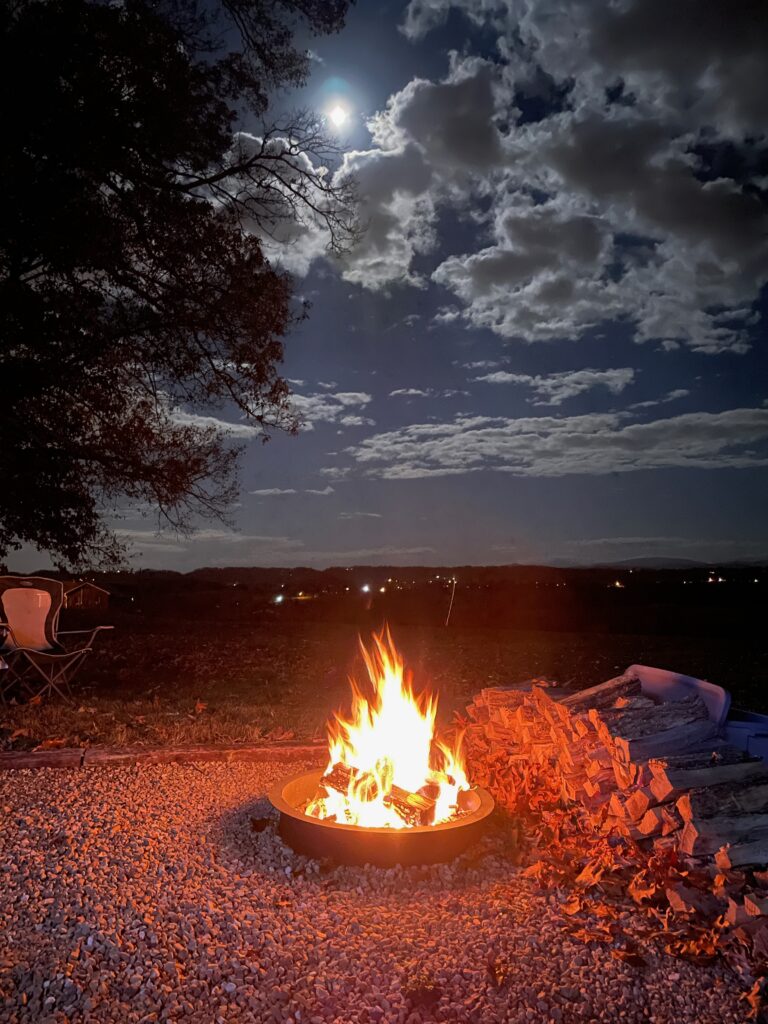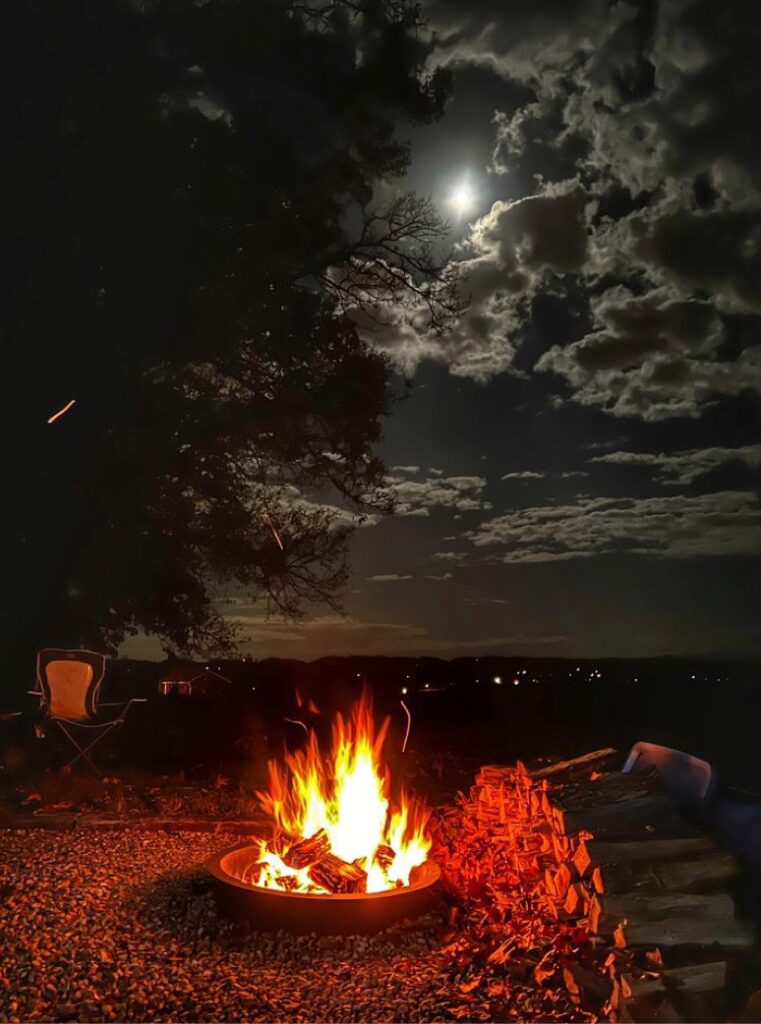This week in ENGL 2110: American Literature to 1865 we’re reading some short stories by Nathaniel Hawthorne, who is, in most moments, my favorite author–certainly my favorite author on the nineteenth century. I won’t get into comparisons here–between Hawthorne and Poe or Irving or Melville or Twain, etc. I find Hawthorne’s quiet (mostly) obsession with history (Puritan history in particular) and his subtly haunted mind resonates with me more than Poe’s terror, Melville’s virtuosity and bombast, or Twain’s picaresque humor. Poe ties me to a chair, my eyes held open by toothpicks, and blathers inescapable madness in my ear (almost exclusively in first-person voice), Hawthorne generally stands aloof from the story with me, calmly pointing out the story–its characters and actions.
In “The Custom-House” sketch that opens Hawthorne’s most famous work, his short novel The Scarlet Letter (1850), you’ll find the bit that I really want to present here. It’s a passage of a couple of longish paragraphs about the imagination and writing haunting stories. These ideas came to mind recently when I was sitting around a fire with friends and the moon was out.
Hawthorne writes about the blend of ethereal, spiritual light of the moon and the physical, visceral light of the fire.
Moonlight, in a familiar room, falling so white upon the carpet, and showing all its figures so distinctly,—making every object so minutely visible, yet so unlike a morning or noontide visibility,—is a medium the most suitable for a romance-writer to get acquainted with his illusive guests. There is the little domestic scenery of the well-known apartment; the chairs, with each its separate individuality; the centre-table, sustaining a work-basket, a volume or two, and an extinguished lamp; the sofa; the bookcase; the picture on the wall;—all these details, so completely seen, are so spiritualized by the unusual light, that they seem to lose their actual substance, and become things of intellect. Nothing is too small or too trifling to undergo this change, and acquire dignity thereby. A child’s shoe; the doll, seated in her little wicker carriage; the hobby-horse;—whatever, in a word, has been used or played with, during the day, is now invested with a quality of strangeness and remoteness, though still almost as vividly present as by daylight. Thus, therefore, the floor of our familiar room has become a neutral territory, somewhere between the real world and fairy-land, where the Actual and the Imaginary may meet, and each imbue itself with the nature of the other. Ghosts might enter here, without affrighting us. It would be too much in keeping with the scene to excite surprise, were we to look about us and discover a form beloved, but gone hence, now sitting quietly in a streak of this magic moonshine, with an aspect that would make us doubt whether it had returned from afar, or had never once stirred from our fireside.
The somewhat dim coal-fire has an essential influence in producing the effect which I would describe. It throws its unobtrusive tinge throughout the room, with a faint ruddiness upon the walls and ceiling, and a reflected gleam from the polish of the furniture. This warmer light mingles itself with the cold spirituality of the moonbeams, and communicates, as it were, a heart and sensibilities of human tenderness to the forms which fancy summons up. It converts them from snow-images into men and women. Glancing at the looking-glass, we behold—deep within its haunted verge—the smouldering glow of the half-extinguished anthracite, the white moonbeams on the floor, and a repetition of all the gleam and shadow of the picture, with one remove further from the actual, and nearer to the imaginative. Then, at such an hour, and with this scene before him, if a man, sitting all alone, cannot dream strange things, and make them look like truth, he need never try to write romances.
The above contrasting and blending of moonlight and firelight works not only in the realm of the imagination but also in our understanding of ourselves. “We are spirits in the material world,” as the Police song goes. We might think of the moonlight–in the text and in the photograph–as our souls or, if you don’t believe in the eternal soul, our ineffable selves and the fire as our humanness, our flesh and blood.
In Hawthorne’s “Young Goodman Brown,” he captures the same idea succinctly in Faith Brown’s pink ribbons. In this image, the soul is, perhaps, white and associated with purity, heaven (and angels), cleanliness, peacefulness. The red portion of the pink ribbons can have positive and negative connotations: flesh and blood, passion (good and bad); the red of blood can be violence or it can be healthy and redemptive. So, Faith’s pink ribbons reveal her to be all of these things, which is what humans are.
I can picture Nathaniel Hawthorne sitting in that empty chair to the left of these photos, staring alternately into the fire and then into the moonlit distance, and thinking such thoughts. . . .


This is so lovely, Michael.
Thanks, Pat! And thanks for reading!